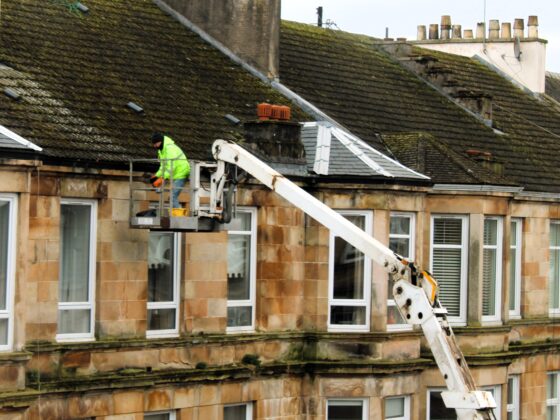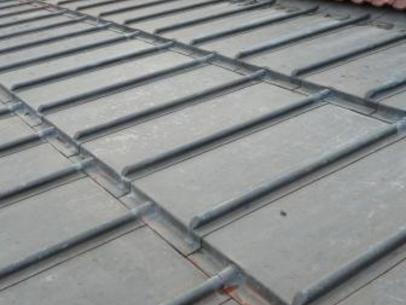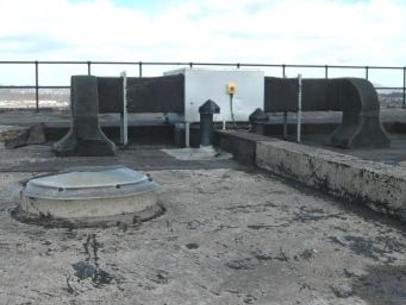Energy efficiency and retrofit pose a significant obstacle for owners living in traditional tenement buildings. How can Scotland overcome these obstacles?
Professor in Housing Economics (Urban Studies) at the University of Glasgow, Kenneth Gibb, writing in People, Place and Policy (PPP), has looked closely at the issues of delivering retrofit in the context of Scotland’s traditional housing stock and its targets for net zero. In this article, Gibb notes that finding retrofit solutions for tenement housing is essential to reaching Scotland’s net zero targets.
For older tenemental buildings, especially those constructed before 1919, retrofit is extremely challenging. Traditional sandstone tenements often have high energy demands and poor insulation levels.
The Scottish Government aim to reach net zero by 2045. However, Gibb points out that attempting to reach this target by focusing solely on renewables is unlikely to be successful. Scotland needs a combined approach of renewables and fabric-first retrofit solutions.
A fabric-first approach involves improving the materials of the building before considering adding extra systems. For example, prioritising draught-proofing, insulation, and repairs before installing solar panels.
Gibb goes into detail about these specific challenges and concludes that there needs to “be a wider suite of financial and regulatory interventions… that are demonstrably fair to those affected” and that “government and the private sector… have to co-operate to develop the new economic sector required to deliver retrofit at scale.”
There are some funding schemes available to help with energy efficiency improvements to homes, such as the Private Rented Sector Landlord loan.





